April 17, 2025 | 05:23 GMT +7
April 17, 2025 | 05:23 GMT +7
Hotline: 0913.378.918
April 17, 2025 | 05:23 GMT +7
Hotline: 0913.378.918

The Prime Minister approved the Strategy for Sustainable Agriculture and Rural Development from 2021 to 2030, with a vision to 2050. Photo: Pham Hieu.
Deputy Prime Minister Le Van Thanh has signed Decision No 150 establishing the Strategy for Sustainable Agriculture and Rural Development from 2021 to 2030, with a vision to 2050.
Thus, the Strategy's overall objective is to establish commodity-producing agriculture while also developing agriculture based on local strengths, oriented toward modernity in terms of output, quality, effectiveness, sustainability, and high competitive capacity in the region's and world's leading group.
Guaranteeing national food security, make it an important contribution to socio-economic stability, disaster prevention and control, disease prevention and control, environmental protection, climate change response, and the effective implementation of international agreements on greenhouse gas reduction.
Simultaneously, increase income and quality of life, as well as the role and position of stakeholders in agriculture production; generate non-agricultural occupations to diversify livelihoods, sustainably reduce rural poverty, and provide equitable development possibilities across regions;
Comprehensive and modern rural development is related to urbanization, synchronous infrastructure, and social services, and accessibility to urban areas; conserving and promoting national cultural identity; and ensuring that green, clean, beautiful, secure, and orderly communities are built.
Agriculture and rural economic development are strongly intertwined to the establishment of new rural areas based on ecological agriculture that is highly efficient, modern countryside, and modern farmers.
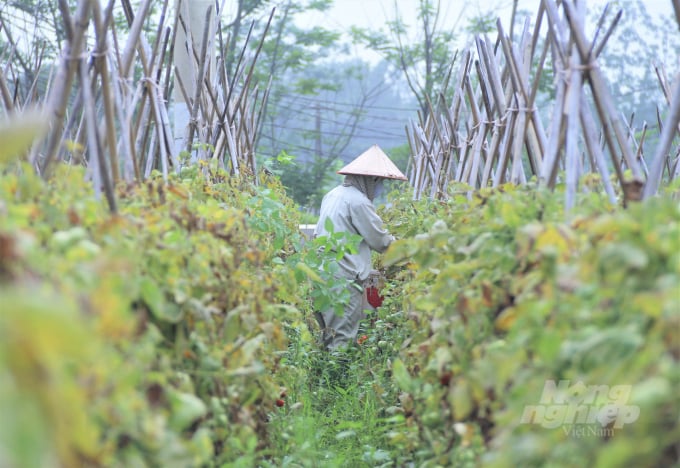
By 2030, the agroforestry and fisheries GDP will rise at an average rate of 2.5-3 percent per year, while the productivity of agroforestry and fishery employees will grow at an average rate of 5.5-6 percent per year. Photo: Pham Hieu.
By 2030, the agroforestry and fisheries GDP will rise at an average rate of 2.5-3 percent per year, while the productivity of agroforestry and fishery employees will grow at an average rate of 5.5-6 percent per year. Expanding and developing the market, particularly the export market. Exports of agroforestry and fisheries typically rise at a rate of between 5 and 6 percent each year;
Raising people's wages and eradicating poverty in a sustainable manner. Rural dwellers now earn 2.5-3 times as much as they did in 2020. The share of rural families with multiple facets of poverty reduced by an average of 1-1.5 percent every year; the proportion of agricultural employees in total social labor decreased to less than 20%, while the proportion of trained agricultural workers increased to more than 70%;
At least 90% of communes fulfill the new rural standards, with 50% reaching the newly upgraded rural criteria; Developing green, environmentally friendly agriculture, adapting to climate change, reducing rural environmental pollution, and aiming to cut greenhouse gas emissions by 10% by 2020; Developing green, environmentally friendly agriculture, adapting to climate change, reducing rural environmental pollution, and aiming to cut greenhouse gas emissions by 10% by 2020. The forest cover percentage stays at 42%, while the extent of woods with sustainable forest management certifications exceeds 1 million hectares. Expand marine and coastal protected zones to cover 3-5 percent of the natural area of the national sea.
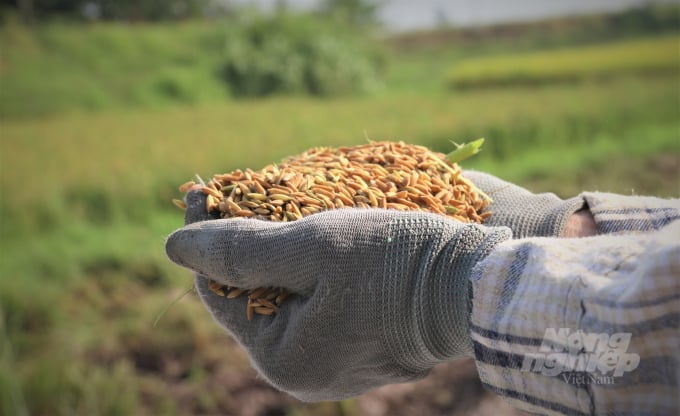
Develop agriculture of green, eco-friendly, adapt to climate change, reduce rural environmental pollution. Photo: Pham Hieu.
Vietnam strives to be a world leader in agriculture by 2050, with a modern, efficient, and environmentally friendly agricultural processing sector. Rural regions no longer have impoverished households and develop into "a worth living place," civilized, green, clean, and attractive as a result of higher living standards, rural population income, and proximity to the city.
Additionally, the Strategy proposes various directions and missions for sustainable agriculture and rural development. It is critical, in particular, to complete the agricultural production system in relation to competitiveness and market needs.
The sector of plant production has to renew its structure and implement a more flexible management regime for agricultural land use in order to promote its advantage as a strategic manufacturing business capable of meeting local demand and exports. Priority is given to developing crops that offer competitive advantages and are in high demand (industrial plants, tropical fruit trees, high-quality rice...). Take necessary measures to encourage the growth of potential new crops such as medicinal plants, attractive plants, and edible mushrooms.
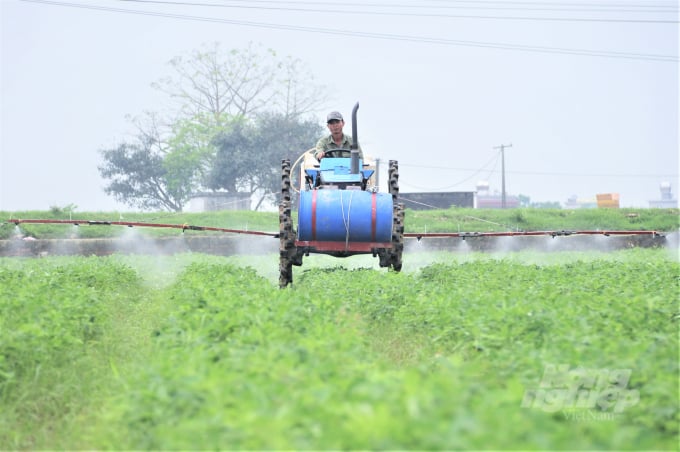
The crop industry needs to reform its crop structure and implement a more flexible management regime for agricultural land use. Photo: Pham Hieu.
Rice production must promote the sector's strength through innovative thinking, policies on rice land management and use, and rice production - from focusing on product development to placing a focus on quality, ensuring national food security in all circumstances, while efficiently exploiting and using land and water resources.
The livestock industry must meet the domestic market's basic food requirements; growth potential and market sectors such as poultry, eggs, and dairy; and sustain major pig and cow breeding operations. Development of cattle, poultry, indigenous livestock, and high-value specialty, with an emphasis on food safety, environmental sustainability, biosecurity, and epidemic preparedness.
Industrial livestock development incorporates advanced technology into farms and major businesses, while also encouraging traditional household livestock to progress toward professionalization and organic status. Constructing concentrated livestock areas away from densely populated regions that is advantageous for environmental remediation and disease control.
Expanding the fisheries industry into a key production sector capable of meeting local demand and exporting; in particular, developing aquaculture via centralized farming and the application of advanced technologies... Priority will be given to developing the primary specialized farming region for critical items such as shrimp and pangasius; a comprehensive irrigation system for fisheries in the primary specialized farming area...
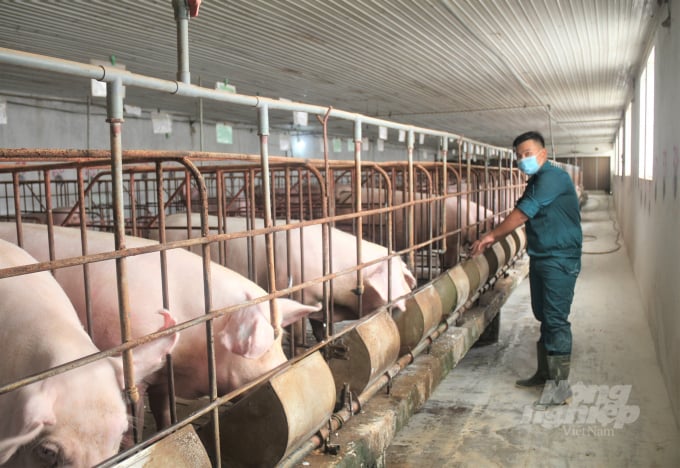
The livestock industry must ensure the essential needs of food for the domestic market; maintain the raising of pigs and large cattle. Photo: Pham Hieu.
Constructing a modern and highly effective economic and technical sector capable of increasing people's incomes, effectively contributing to socio-economic development, ecological environment protection, water security, disaster mitigation, and effective response to climate change, as well as ensuring national defense and security.
Additionally, the strategy also needs the coordination of critical stages in the manufacturing process in order to maximize efficiency and assure sustainable development; Cooperation, connection, value chain growth, and modern agriculture models are all promoted.
Rural economic development generates jobs and boosts rural residents' wages; Establishment of civilized and contemporary rural regions in conjunction with urbanization and preservation of traditional culture; Development that is inclusive, promoting fair social welfare in rural regions; Developing a solid community as a foundation for rural development and agricultural productivity; Protecting the natural environment and developing climate-adaptive ecosystems.
The government entrusted MARD to preside and coordinate with relevant ministries, departments, and agencies to implement the tasks, assigning specific tasks to ministry agencies and units and guiding local governments in implementation; regularly urging and evaluating strategy implementation; synthesizing and reporting to the Prime Minister on the results of annual implementation and as required; organize the Strategy's preliminary implementation in 2025 and summarize the results.
Translated by Linh Linh

(VAN) During the working session with Deputy Minister Le Cong Thanh, Professor Francesco Corvaro, Italian Climate Change Envoy, reaffirmed Italy's commitment to supporting Vietnam in climate change response.
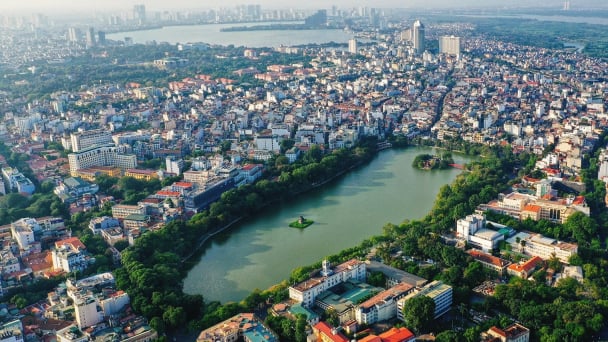
(VAN) After the merger, key leadership personnel of the provinces must consult with the General Secretary, key leaders, and the Standing Secretariat.
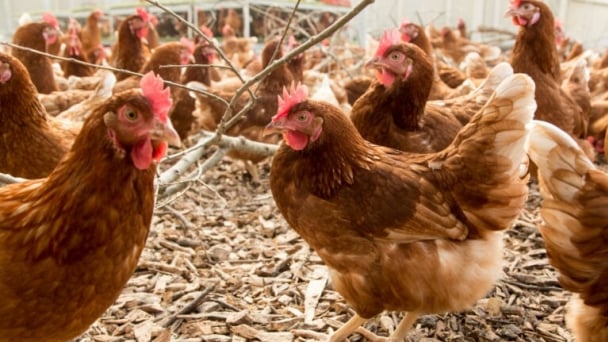
(VAN) The latest Business Benchmark on Farm Animal Welfare (BBFAW) reveals steady progress on farm animal welfare across the global food industry.
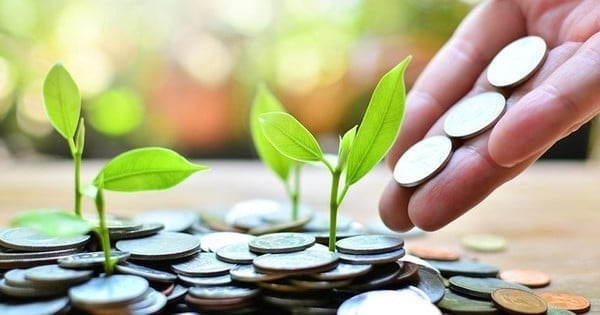
(VAN) Green credit is a financial policy that effectively supports environmentally friendly projects and activities today.
/2025/04/09/1049-2-165919_630.jpg)
(VAN) With a revenue of less than VND 30 billion/year, packaging producers are exempted from EPR liability under Decree No. 05/2025 newly issued.
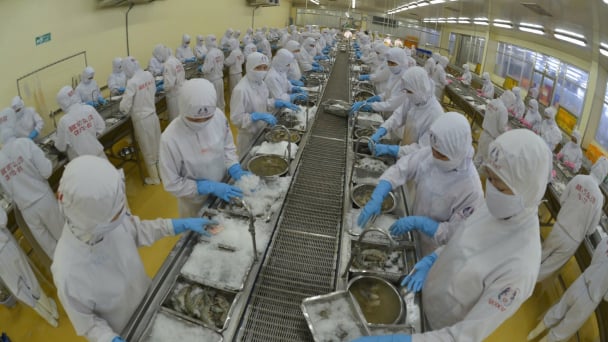
(VAN) Ministry of Agriculture and Environment has issued an Action Plan for sector's development in the coming period, aiming for a growth rate of 4% or higher and an export turnover of USD 65 billion.
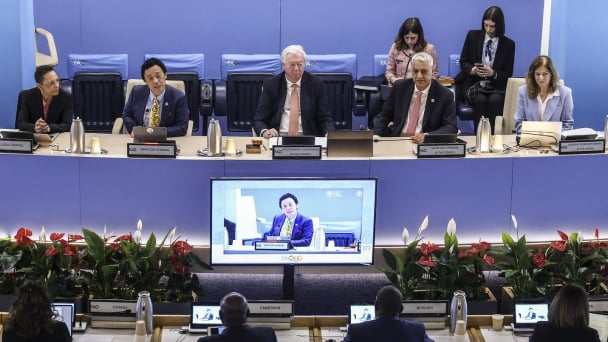
(VAN) The 177th Session of the FAO Council opened on Monday at the Organization’s headquarters in Rome.